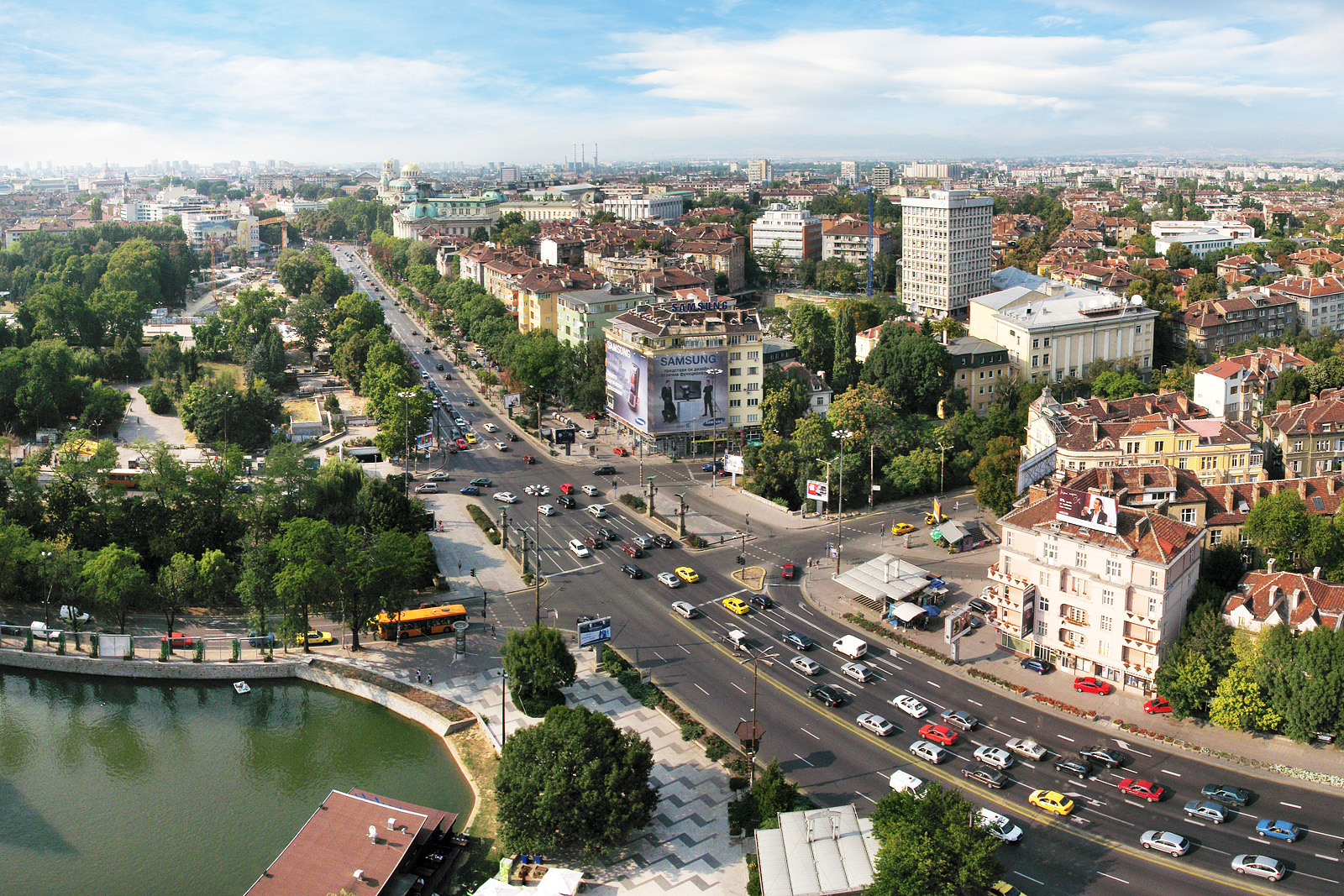16 Focus Cities
There is a great deal of variation between the amount of regulation different cities impose on busking. There are also differences in how strictly that regulation is enforced.
In many cases there is a conflict of interest between policy makers and street performers when it comes to the policies adopted. As part of this research, we wanted to highlight the perspective of buskers towards these policies and refer to the difficulties that they face in some cases.
The following sixteen reports on key focus cities illustrate many of the different regulatory approaches to busking. They assess how strictly the regulations are applied and contain feedback on the effects of the regulations from buskers in the featured cities.
The reports are listed alphabetically. First by country and then by city for those countries in which more than one city is featured. Each city is given a grade or score which is the combined value of the factors and regulations governing busking in that city.
In general, busking is considered legal in London but individual boroughs have a large degree of autonomy in their approach to street performers. We have featured the borough of Camden as well as Greater London because Camden’s regulatory system has recently become more restrictive.
Sofia, Bulgaria
Grade: -1 – Ranking 10th
— Busking is legal.
— Licence is mandatory.
— There are specific areas (pitches) where busking is permitted.
— A licence is needed to perform on the waterfront. It costs around 150-200lv (€75-€100) per month
– the specific price is calculated by square meter of space used (according to local contact).
— Busking seems to fall under the regulations for commerce and trade in public spaces.
— Local artists do not seem to follow the regulations (according to local contact).
— The law is enforced usually in cases that someone has reported a complaint (according to local contact).
— The procedure in order to get a licence seems to be complicated and bureaucratic (according to local contact).
— Amplification is not permitted, but artists use it mainly in big open spaces such as parks and squares.
